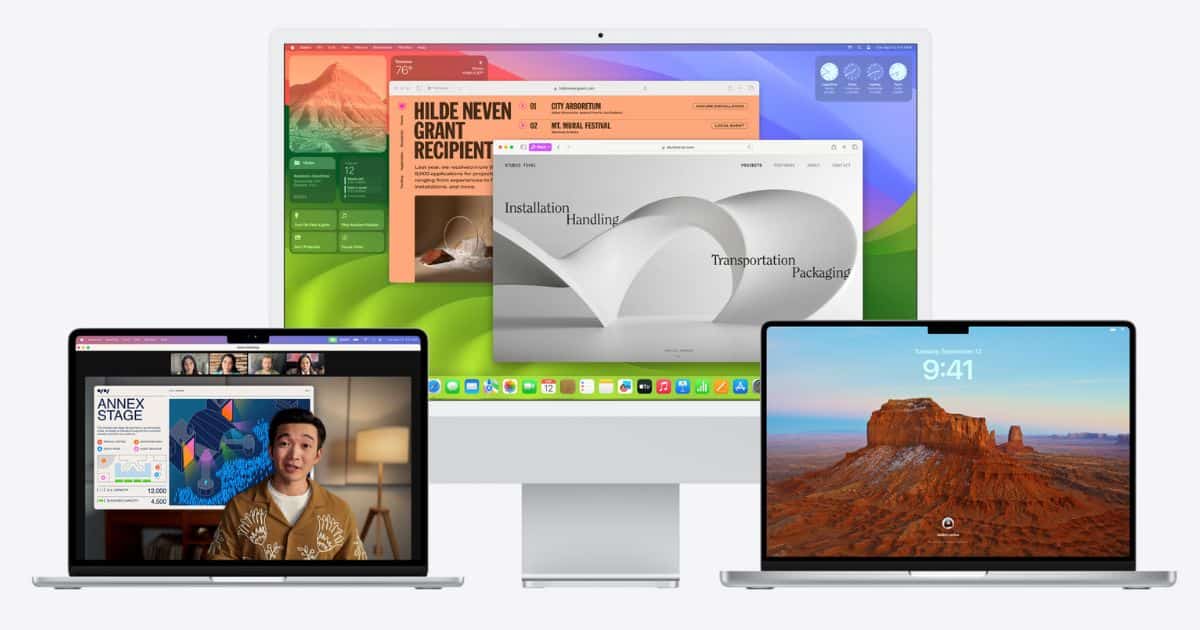Many users don’t realize how far macOS has come since its initial release. To put its evolution into perspective, I made a list of all macOS updates in order from Apple’s first to the latest versions.
All macOS Versions and Updates Until 2023
1. NeXTSTEP and OpenStep

Technically, NeXTSTEP and OpenStep were under NeXT, not Apple. Steve Jobs founded NeXT in 1985 after leaving Apple—its greatest innovations include these operating systems. However, they’re the design and engineering inspirations of all macOS systems. Apple integrated them into its products after it purchased NeXT in 1997, and Steve Jobs rejoined Apple.
2. Rhapsody
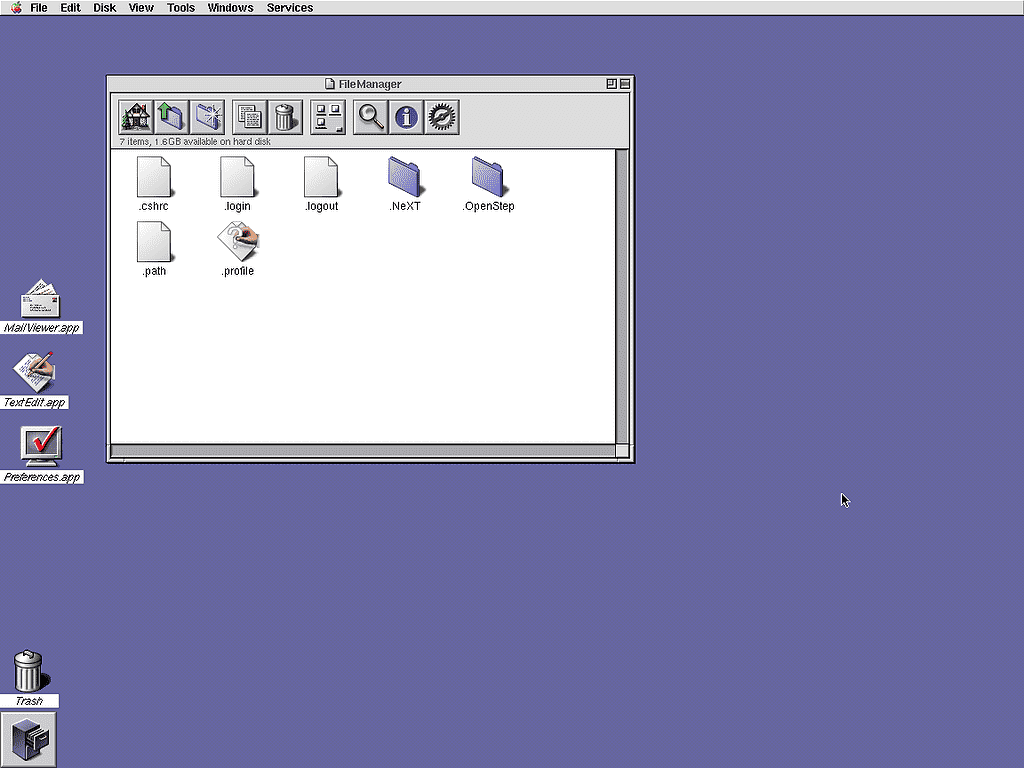
Rhapsody is the initial release of the Mac OS X Developer Preview (DP). Apple released it in 1997 and had it undergo developer-exclusive training and testing for more than a year.
3. Mac OS X Server (Hera)
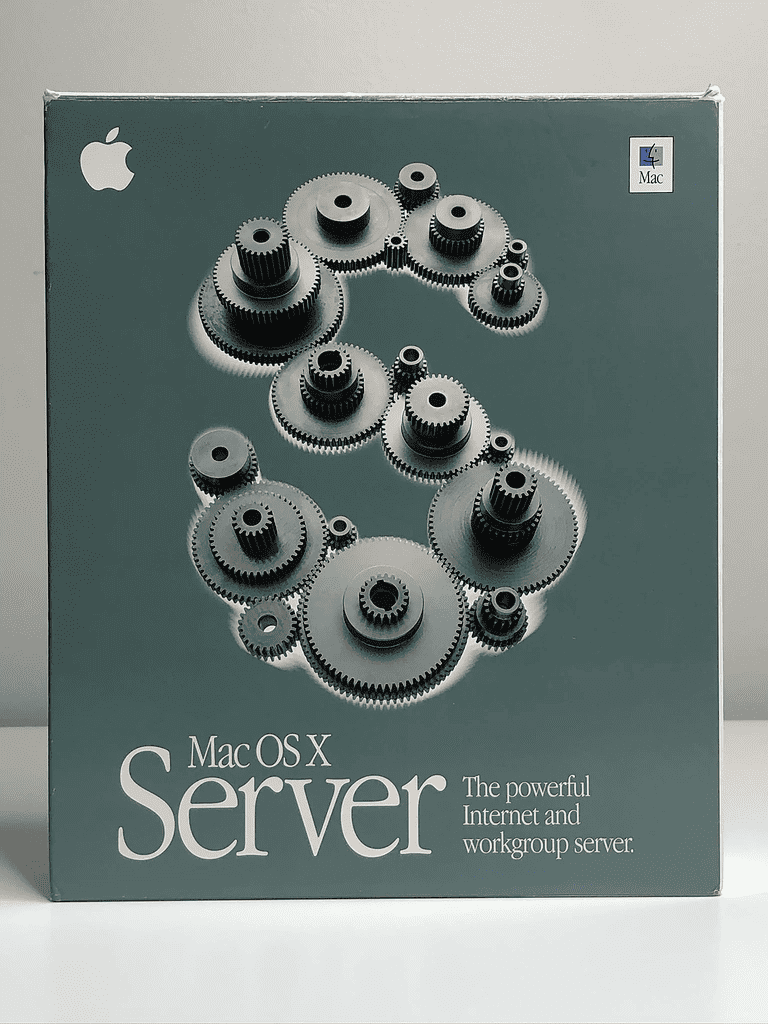
Apple released Hera, the first Mac OS X update, in 1999. It kept this version in the Mac OS X Developer Preview (DP) program despite training it for two years.
4. Mac OS X Public Beta Kodiak

Kodiak is the initial Mac OS X public beta release. It features Aqua, Apple’s trademark graphical user interface (GUI) that uses colored gel-like buttons for controls and a Dock for application management. The company still uses these features on modern macOS updates.
5. Mac OS X 10.0 (Cheetah)

Apple launched Cheetah, the first official public release of the Mac OS X, in 2001. It featured the Dock and Aqua GUI, plus it could store contacts, show PDFs, and send emails.
6. Mac OS X 10.1 (Puma)

Considering the numerous issues with Cheetah, Apple had to release Puma in the same year. It addressed all the reported bugs. Users also got several new functions, like DVD player support, broader printer support, faster 3D, and streamlined CD/DVD burning capabilities.
7. Mac OS X 10.2 (Jaguar)

Jaguar launched in 2002. It came with iChat, Apple’s messaging platform powered by AOL Instant Messenger, and better support for Microsoft Windows.
8. Mac OS X 10.3 (Panther)

Apple released Panther in 2003. It had more features than previous Mac OS X versions, including Safari, iChat AV, Fax support, and Xcode Developer Tools.
9. Mac OS X 10.4 (Tiger)

Tiger launched in 2005. To justify its two-year break from updates, Apple packed this Mac OS X version with 200+ new features, including Spotlight, iCal, VoiceOver, and Grapher. Some old functions also got revamped. For instance, iChat could support up to four participants for the first time.
10. Mac OS X 10.5 (Leopard)

Leopard is a major Mac OS X update in 2007. It came with Time Machine, Photo Booth, Screen Sharing via iChat, Boot Camp, and Spaces, but it’s also the last version to support the PowerPC architecture.
11. Mac OS X 10.6 (Snow Leopard)

Snow Leopard was launched in 2009. Instead of introducing new features, Apple focused on revamping the existing ones while reducing their overall size. Moreover, Snow Leopard is the last Mac OS X update installed via disk.
12. Mac OS X 10.7 (Lion)

Apple released Lion in 2011. It came with several new features, including AirDrop, Emoji support, FaceTime, Mission Control, and the Mac App Store.
13. OS X 10.8 (Mountain Lion)

Mountain Lion launched in 2012. Apple wholly integrated iCloud and iMessage functionalities into the OS X system in this update. It also shortened Mac OS X to just OS X.
14. OS X 10.9 (Mavericks)

Mavericks was released in 2013. Apple focused on battery efficiency and performance in this version. Considering all the new features that Apple introduced prior to Mavericks, users kept running out of battery too quickly.
15. OS X 10.10 (Yosemite)

Apple released Yosemite in 2014. It focused on building the Apple ecosystem through cross-platform integration features, like Handoff, iCloud syncing, and Instant Hotspot. You could also make iPhone calls through the OS X 10.10.
16. OS X 10.11 (El Capitan)

Apple added minimal new end-user features when it released El Capitan in 2015. Instead, it focused on beefing up security features. With the acceleration of cross-platform integration, users feared becoming more susceptible to hacking attacks.
17. macOS X 10.12 (Sierra)

Sierra launched in 2016. It introduced Apple Pay integration, Siri support, Auto Unlock for paired devices, and a universal clipboard. Apple also rebranded OS X to macOS.
18. macOS X 10.13 (High Sierra)

Apple released the High Sierra update in 2017. It introduced VR support, revamped Siri with better text-to-speech functions, and set Apple File System (APFS) as the default file system.
19. macOS X 10.14 (Mojave)

Mojave launched in 2018. It came with many visible changes, like Dark Mode, Stacks on desktop files, Continuity Camera, and dynamic wallpapers.
20. macOS X 10.15 (Catalina)

Apple discontinued iTunes when it launched Catalina in 2019. It introduced Apple Music, Podcasts, Apple TV, and Movies, plus it started using Finder for cross-platform iCloud syncing. Catalina also came with other new features, like Sidecar, Activation Lock, and Find My.app.
21. macOS 11 (Big Sur)
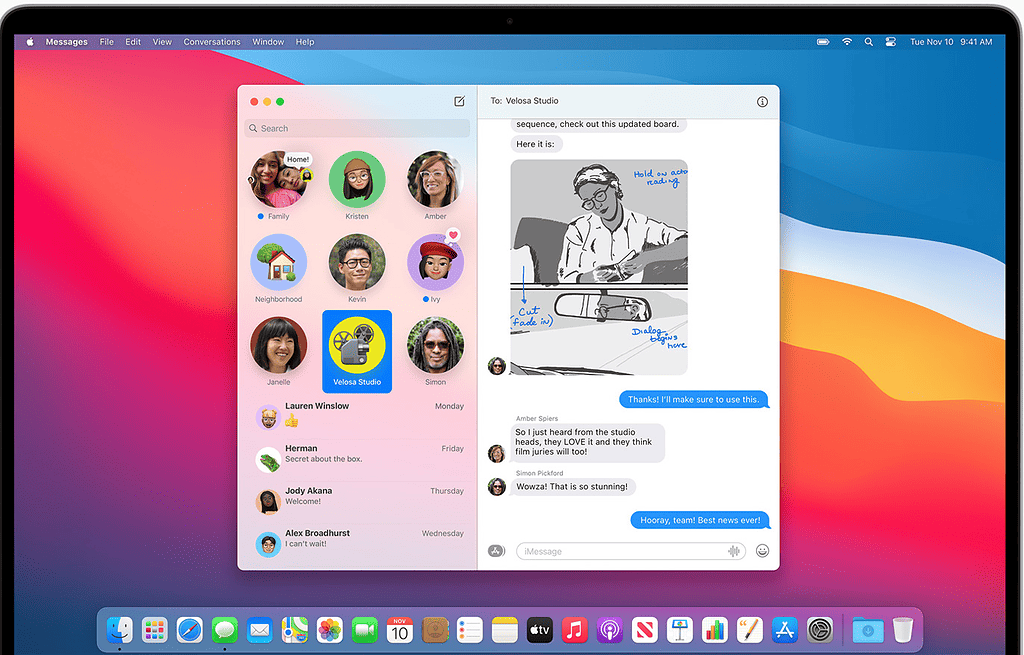
Big Sur launched in 2020. It can support the then newly unveiled set of Macs that uses Apple Silicon chips instead of Intel-based processors. Unfortunately, it also cut support for 32-bit applications.
22. macOS 12 (Monterey)

Apple launched Monterey in 2021. It introduced several new features: Live Text, Low Power Mode, SharePlay, Quick Notes, and Universal Control. Apple Silicon Macs also got some unique functions, like keyboard dictation, FaceTime portrait mode, and 3D surfaces on Apple Maps.
23. macOS 13 (Ventura)
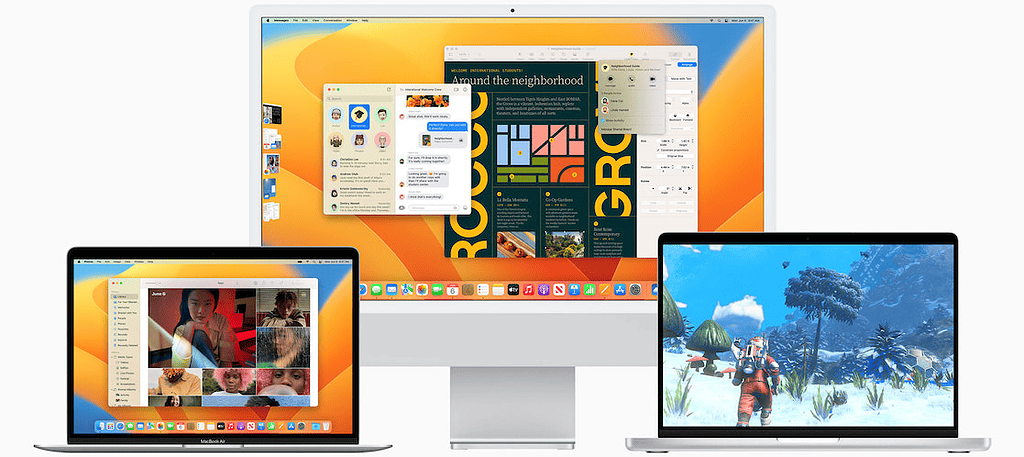
Ventura launched in 2022. It only came with a few new features (e.g., Freeform, Stage Manager, and Passkeys) because Apple focused on making existing functions more power-efficient.
24. macOS 14 (Sonoma)

Apple launched Sonoma in 2023. It focused on providing better support for all Apple Silicon chips, from M1 to M3. There weren’t too many new end-user features. However, Sonoma came with Game Mode, a new function that prioritizes CPU and GPU performance while minimizing resources on background apps.
What Is the Latest Version of macOS in 2023?
Apple released macOS 14 Sonoma, the latest version of macOS, last September, 2023. You’ll at least need the following models to run this OS: iMac 2019, iMac Pro 2017, Mac Studio 2022, MacBook Air 2018, Mac mini 2018, and MacBook Pro 2018. Just expect some lagging on Intel-based Macs.
These are all the macOS updates in order—what version do you think had the most impact on Mac’s overall development?
